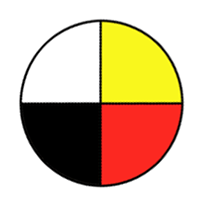SI
| (a) |
Pose questions related to the characteristics of magnetic and static electric forces (e.g., Do all magnets attract objects? Do all magnets have a North pole? Why do I get a shock when I rub my shoes on a carpet and touch a door knob?). |
| (b) |
Demonstrate how contact and non-contact forces are able to cause objects to start moving, speed up, slow down, and stop; cause moving objects to change direction; and cause changes to the shape of objects. |
| (c) |
Compare the characteristics of contact, magnetic, and static electric forces, including the range over which they act, and propose methods of increasing or decreasing the effects of these forces. |
| (d) |
Group materials according to criteria such as their attraction to magnets and ability to be magnetized based on personal observation. |
| (e) |
Compare the characteristics and effects of different types and shapes of magnets (e.g., horseshoe, disc, bar, cylindrical, and block), including the location and type of magnetic poles (if any exist), and the shape of the magnetic field produced by the magnet. |
| (f) |
Predict and test the number of objects a magnet can pick up under different conditions (e.g., distance between magnet and object, number of identical magnets, solids between magnet and object) and develop simple conclusions about conditions that affect strength of magnetic forces. |
| (g) |
Investigate how charged materials interact with each other and with uncharged objects. |
| (h) |
Demonstrate ways to use materials found in their environment (e.g., balloon, cotton, fur, wool, confetti, acetate strip, ebonite rod, and Scotch tape) to investigate conditions which affect the strength of static electric forces. |
| (i) |
Make and record relevant observations during investigations to identify conditions (e.g., humidity, type of materials, and distance between charged objects) that affect the strength of static electric forces, and develop simple conclusions about these conditions. |







